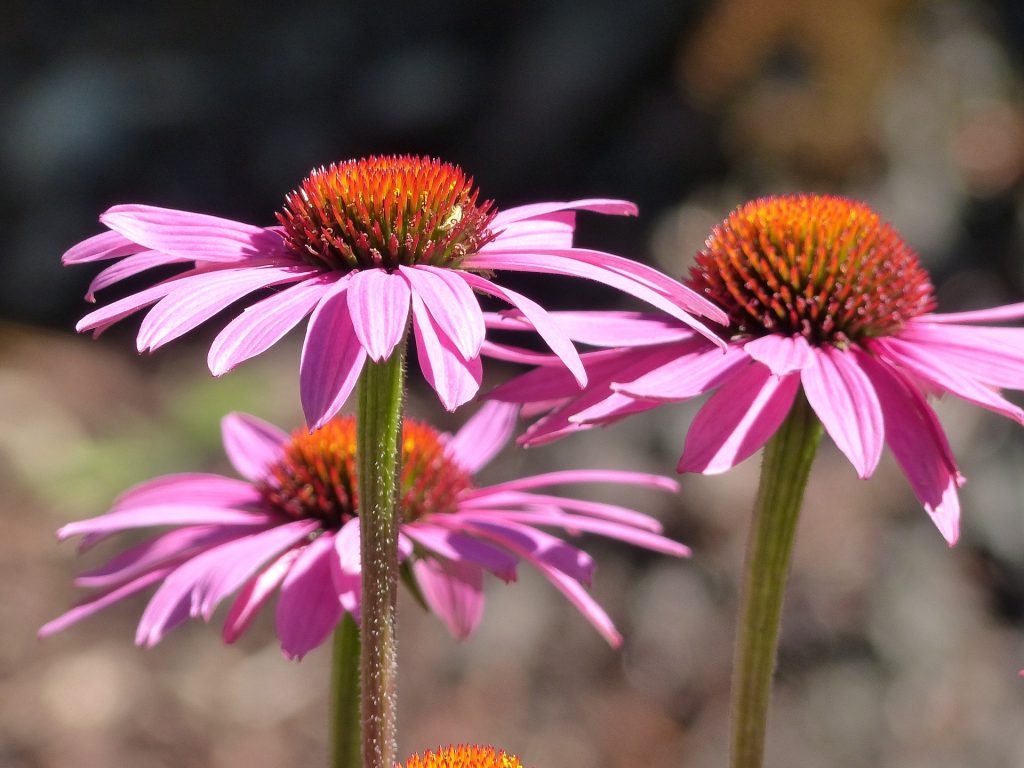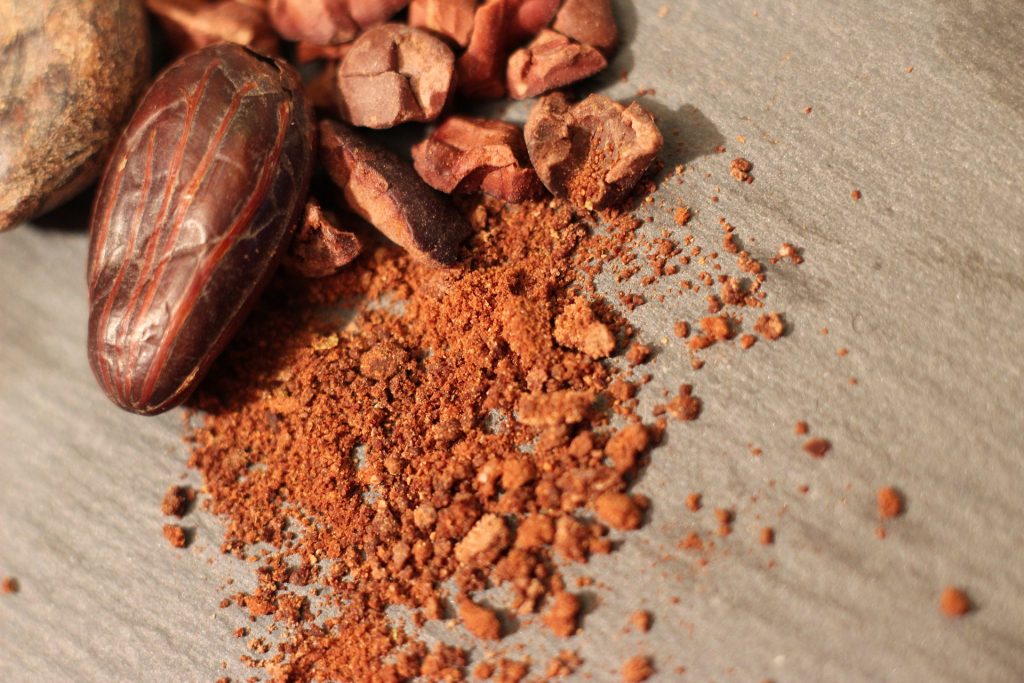 Phytocannabinoids are a group of chemicals that are most often associated with the cannabis plant (Cannabis sativa). The main phytocannabinoid in cannabis is Δ9-tetrahydrocannabinol (THC), although the plant actually contains over 100 phytocannabinoids. Studies suggest that THC is mainly responsible for the psychotropic effects of the cannabis plant. Evidence for this comes from the fact that synthetic counterparts of THC have been produced and these have similar psychotropic effects. Some phytocannabinoids are thought to confer their effects through activation of the CB1 cannabinoid receptors in the brain. The presence of receptors for cannabinoids suggests that endogenously synthesised chemicals in humans are able to bind to this receptor, and this has been shown to be the case. Endogenously produced cannabinoids in humans and animals are fatty acid metabolites including arachidonoyl ethanolamide (anandamide) and 2-arachidonoyl glycerol (2-AG).
Phytocannabinoids are a group of chemicals that are most often associated with the cannabis plant (Cannabis sativa). The main phytocannabinoid in cannabis is Δ9-tetrahydrocannabinol (THC), although the plant actually contains over 100 phytocannabinoids. Studies suggest that THC is mainly responsible for the psychotropic effects of the cannabis plant. Evidence for this comes from the fact that synthetic counterparts of THC have been produced and these have similar psychotropic effects. Some phytocannabinoids are thought to confer their effects through activation of the CB1 cannabinoid receptors in the brain. The presence of receptors for cannabinoids suggests that endogenously synthesised chemicals in humans are able to bind to this receptor, and this has been shown to be the case. Endogenously produced cannabinoids in humans and animals are fatty acid metabolites including arachidonoyl ethanolamide (anandamide) and 2-arachidonoyl glycerol (2-AG).

Phytocannabinoids in Echinacea purpurea and Echinacea angustifolia may activate the cannabinoid CB2 receptor, and this may explain anti-anxiety effects of echinacea extracts.
Therefore the brain contains a number of naturally produced cannabinoids, receptors and metabolising enzymes that constitute the cannabinoid system. The function of this system is not fully understood, but a role in the regulation of appetite and mood have been evidenced. Studies show that a number of phytocannabinoids may exist outside of those found in the cannabis plant. Further, other molecules that affect the cannabinoid system may be present in plants. These phytochemicals may play an important part in the regulation of mood and may reduce anxiety. However, they may not function through activation of the CB1 receptor but may have other mechanisms of action. This many explain why many phytocannabinoids do not have the same psychotropic effects as THC. For example, the cannabis phytocannabinoids cannabidiol, cannabigerol, Δ9-tetrahydrocannabivarin and cannabidivarin may have beneficial therapeutic effects on the central nervous system that do not include the same psychotropic effects as THC.

Phytocannabinoids may have effects on mood and may be therapeutically useful in the treatment of anxiety. The main active ingredient in the cannabis plant, THC, exerts its psychotropic effects through activation of the CB1 receptor. However other phytocannabinoids may work by other mechanisms. Interestingly, some nutrients may increase production of endogenous cannabinoids in the brain whereas other may inhibit their breakdown, thereby elevating endogenous levels of cannabinoids. Inhibition of the breakdown of endogenous cannabinoids may therefore elevate brain levels of cannabinoids. For example, N-acylethanolamines (NAEs) are a group of phytochemicals that can inhibit the breakdown of endogenous cannabinoids through inhibition of fatty acid amide hydrolase (FAAH), the enzyme responsible for metabolising cannabinoids. Chocolate (Theobroma cacao) contains N-linoleoyl ethanolamide, N-oleoylethanolamide and palmitoyl ethanolamide which may inhibit the FAAH enzyme and thus raise brain levels of cannabinoids. This may explain the antianxiety effects of chocolate.
Phytocannabinoids may modulate anxiety and the fear response in humans and animals. Studies suggest that at low doses cannabinoids can reduce anxiety, whereas at higher concentrations they may induce anxiety. Some plants contain low amounts of phytocannabinoids and these low concentrations may have a beneficial effect at treating anxiety. Consuming plants that contain phytocannabinoids may therefore have a mild anxiolytic effect. Herbs including Echinacea purpurea and Echinacea angustifolia contain alkylamides that may interact with the CB2 receptor in humans and animals. This may explain the anxiolytic effects of echinacea extract that have been reported in humans and animals. Further, certain echinacea alkylamides block the reuptake of anandamide to neurones, potentiating its biological effects. Certains terpenes, particulally bicyclic sesquiterpenes and certain polyphenols, particularly curcumin, trans-resveratrol and flavonoids, which are widespread in plants, may also bind to the CB2 receptor.
Eat Well, Stay Healthy, Protect Yourself
RdB
